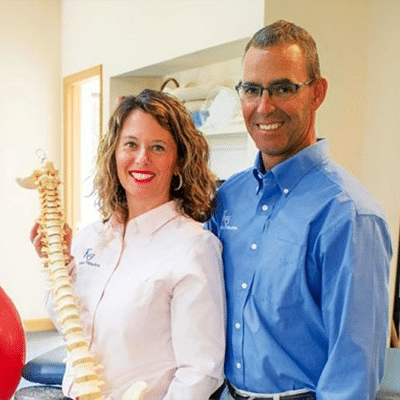Fractures, or broken bones, are a common injury that can have a significant impact on one’s daily life. Whether it’s a minor hairline fracture or a more severe break, understanding fractures is crucial for proper treatment and recovery. In this comprehensive guide, we’ll explore fractures in detail, covering their types, causes, treatment options, and the path to a full recovery.
Types of Fractures
Fractures come in various forms, including:
Closed Fracture: The bone breaks without penetrating the skin.
Open Fracture: The broken bone protrudes through the skin, increasing the risk of infection.
Stress Fracture: Small cracks in the bone, often caused by repetitive stress or overuse.
Displaced Fracture: The broken bone ends are out of alignment.
Non-Displaced Fracture: The bone remains aligned, with a partial break.
Comminuted Fracture: The bone shatters into multiple pieces.
The causes of fractures vary widely. Traumatic incidents such as falls, accidents, and sports injuries are common culprits. Additionally, overuse or repetitive stress on bones, as often seen in athletes, can lead to stress fractures. Medical conditions like osteoporosis, which weaken bones, can significantly increase the risk of fractures.
Recognizing the symptoms of a fracture is crucial for timely treatment. Symptoms often include severe pain at the fracture site, immediate swelling and bruising, visible deformity or abnormal positioning of the limb, and an inability to move the affected area.
The diagnosis of a fracture typically involves a physical examination and imaging tests, such as X-rays. Treatment options vary depending on the type and severity of the fracture. Immobilization, through casting or splinting, is a common approach to allow the bone to heal. Surgical intervention may be necessary for complex fractures to realign bones and secure them with screws or plates. Medications may also be prescribed to manage pain and, in some cases, strengthen bones.
Recovery from a fracture often involves rehabilitation. Physical therapy plays a crucial role in this process. It helps restore mobility, regain the range of motion, and functional use of the injured area. Additionally, it focuses on building strength in the muscles around the fracture to support the healing process and improve overall function. Rehabilitation enhances balance, coordination, and the ability to perform daily activities.
Preventing fractures is essential for long-term bone health. Maintaining a balanced diet rich in calcium and vitamin D is essential. Engaging in weight-bearing exercises helps strengthen bones and improve overall bone density. When participating in activities or sports, it’s crucial to use proper safety equipment to reduce the risk of injuries. Additionally, addressing underlying medical conditions that weaken bones, such as osteoporosis, is essential for fracture prevention.
Understanding fractures is vital for their effective treatment and recovery. If you or a loved one has experienced a fracture, seeking professional care promptly is essential. At Kriz Physical Therapy, P.A., located in Bonita Springs, FL, our experienced team is dedicated to providing comprehensive fracture rehabilitation and support. Contact us today at 239-992-6700 to schedule a consultation and begin your journey to a full recovery. Your health and well-being are our top priorities, and we’re here to guide you every step of the way.




